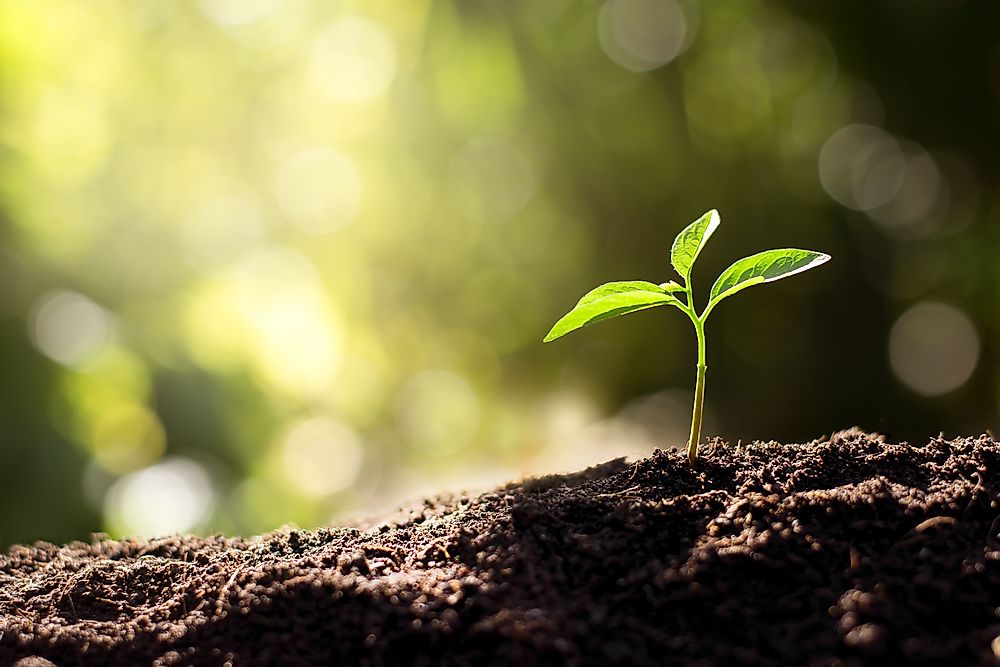What Are The Differences Between Pedology And Edaphology?

Edaphology is one of the two significant separations of soil science. The other division of soil science is pedology.
What Is Edaphology?
Edaphology mainly focuses on how soil influences living things especially plants. Edaphology involves the study of how soil affects the way human nature uses the land for growing plants. Edaphology also involves the general use of land by humankind. Several subfields exist within edaphology, and this includes environmental soil science and agricultural soil science. Some regions across the globe refer to agricultural soil science as agrology.
What Is Pedology?
Pedology, on the other hand, involves the study of soil classification, pedogenesis, and soil morphology. In some countries such as Russia, pedology and edaphology are considered to be the same thing, but other nations differentiate the two with regards to agrochemistry and agrophysics.
History of Edaphology
Edaphologists are people who study edaphology. The earliest edaphologists were Cato (234–149 BC) and Xenophon (431–355 BC). Cato was the first person to devise soil capability classification for specific crops. Cato also has some writing which recommends the use of legumes, crop rotation, and tillage to enhance nitrogen content in the soil. On the other hand, Jan Van Helmot (1577-1644) carried out various experiments which re-energized the interest in edaphology. Despite the fact that the tests were partially correct the affair was still reignited.
Areas of Study in Edaphology and Pedology
Physical edaphology is mostly concerned with the drainage and irrigation of crops. Soil husbandry is part of edaphology that involves studying how to prevent the degradation and soil erosion in croplands. The study consists of looking for ways in which soil resources are sustainable by means such as the use of cover crops and soil conditioners.
Pedology, on the other hand, focuses on the pedosphere which is the environment that pedologist interacts with, in the environment. Pedosphere looks beyond just the production of crops and looks at other areas such as restoration of wetlands, land treatment of wastewater, and management of environmental nutrients. Pedology assesses other factors such as acid rain and global warming
Edaphology focuses on the formation of soil which is a weathered layer from the crust of the earth. The study of edaphology focuses on processes such as chemical and physical weathering, decomposition of materials, and the texture of the soil.The structure of soil and water composition in the soil are two other branches that fall under edaphology.
Pedology, on the other hand, focuses majorly on the environment that the soil is. This environment, pedosphere, entails the interaction of soil life and the climate. Pedosphere also looks at the dependence of soil profile on characteristic layers. The five major external concepts in pedology about soil patterns are time, organisms, climate, parent material, and relief. Pedologists currently have shifted most of their energy to pedogenesis processes. Pedogenesis processes are how functioning and evolution of soil occur. Sustainable use of soil is majorly understood when there is a vast knowledge of the history of soil which would enable in creating a balance with the environment.











